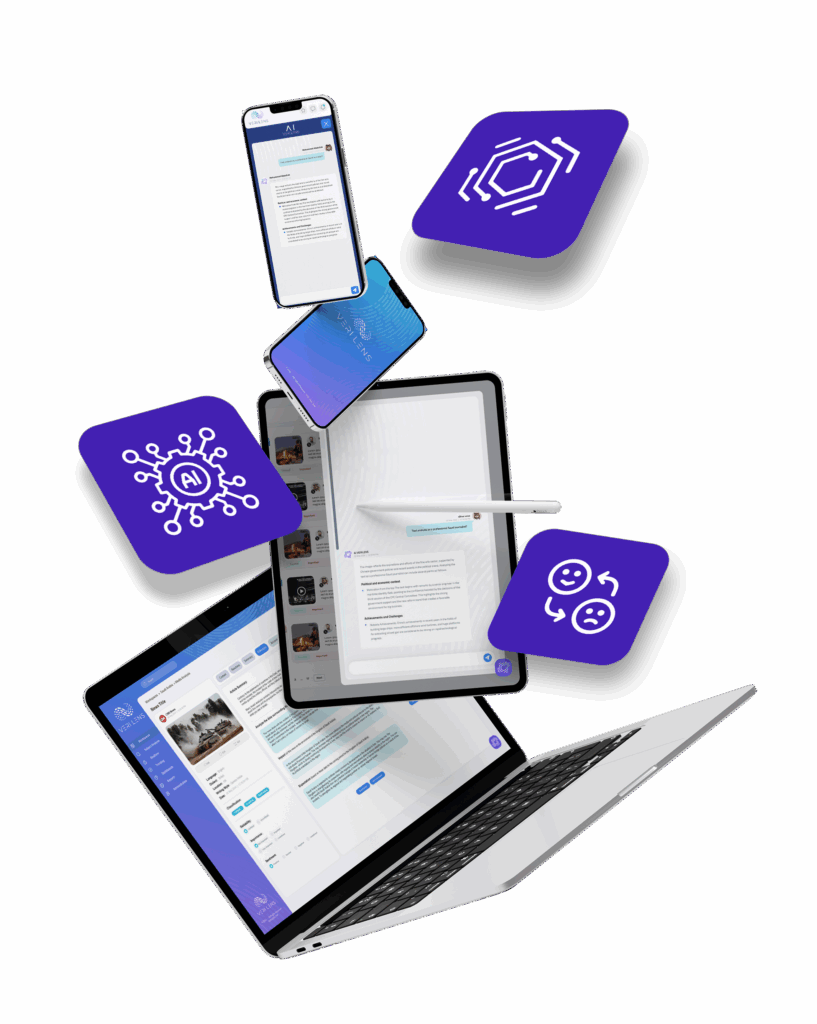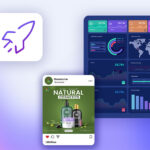
FAQs
VeriLens monitors an extensive range of media sources to give you a complete picture. This includes online news articles, social media platforms like Twitter and Facebook, blogs, forums, TV and radio broadcasts, and even podcast mentions. Recently, Google Reviews has been added to track customer feedback at the local and business level. By aggregating and analyzing data from diverse sources, VeriLens enables you to monitor your brand, competitors, and market trends all in one place.
VeriLens leverages advanced artificial intelligence to make monitoring smarter and more contextual. Using machine learning and natural language processing (NLP), it can detect entities (like people, brands, or locations), analyze the tone of mentions, and understand relationships between media topics. The system adapts over time, refining its accuracy and identifying patterns that a human team may miss. AI enables real-time sentiment tracking, automated reports, predictive analytics, and deeper visibility into public narratives and potential reputational risks.
Yes, crisis detection is one of VeriLens’s most critical features. The platform monitors shifts in media volume, sudden spikes in negative sentiment, and unusual patterns in online conversations. It sends real-time alerts so your team can act immediately—whether it’s issuing a response, launching a PR strategy, or informing key stakeholders. With anomaly detection and historical benchmarking, you’ll know whether an issue is a minor fluctuation or a major reputational threat in the making.
Yes, VeriLens is designed to support multilingual environments. It provides full native support for Arabic and English, including sentiment detection, entity recognition, and keyword analysis. This allows for accurate monitoring across regional and global media, making it ideal for international brands, public sector institutions, and organizations operating in bilingual or multilingual markets. Additional language capabilities can be added based on client needs or specific geographic focus areas.
VeriLens offers both pre-configured and fully customizable reporting tools. You can generate campaign performance summaries, sentiment and engagement reports, daily or weekly media coverage digests, influencer impact breakdowns, and share-of-voice analysis. Reports can be scheduled, automated, or created on demand with visual dashboards, charts, and exportable formats (PDF, Excel, etc.). This helps stakeholders understand the data clearly and act quickly, whether it’s during a campaign launch or a reputational crisis.
Yes, VeriLens includes a mobile app designed for professionals who need to stay informed on the go. The app provides real-time alerts, customizable dashboards, saved searches, and access to reports anytime, anywhere. It supports push notifications for critical media activity, making it ideal for executives, spokespersons, and crisis management teams who need mobile-first access to media intelligence. The mobile app ensures that decision-makers never miss important updates—even outside office hours.
Absolutely. VeriLens offers integration options via APIs, allowing clients to connect media monitoring data with internal systems like business intelligence platforms, social listening dashboards, or CRM tools. It also supports data exports and third-party collaboration tools, enabling seamless workflows across teams. This flexibility ensures that VeriLens can adapt to your existing infrastructure and enhance your data ecosystem, rather than operate in isolation.
Getting started with VeriLens is simple and fully supported. Reach out to our team via the website or email to request a live demo tailored to your needs. After an initial consultation, we’ll provide a proposal and onboarding plan aligned with your goals—whether for brand tracking, crisis management, government media analysis, or campaign measurement. Our onboarding specialists will walk you through setup, customization, and training to ensure your team can extract full value from the platform.


